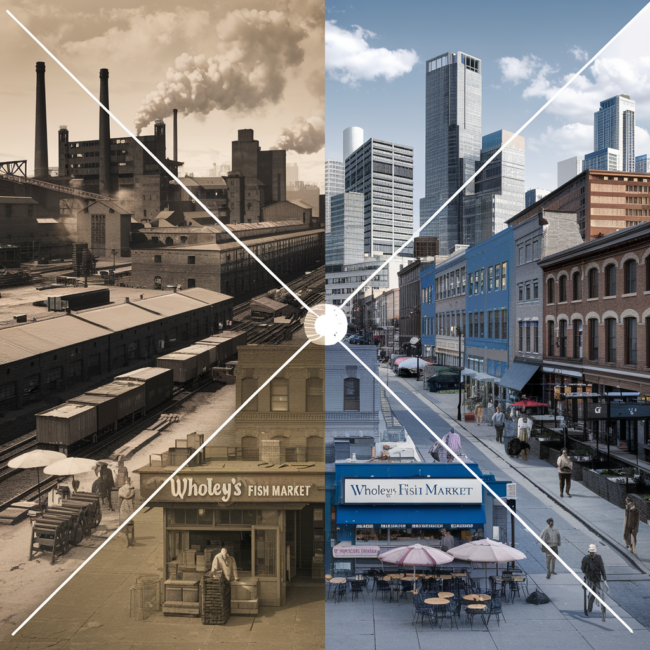The History of Troy Hill
High atop a narrow plateau on Pittsburgh’s North Side, the neighborhood of Troy Hill has watched over the city’s rivers and industries for nearly two centuries. In the mid-1800s, one might have stood on this hill and heard the sounds of church bells mingling with the din of mills below, or even the squeals of…


